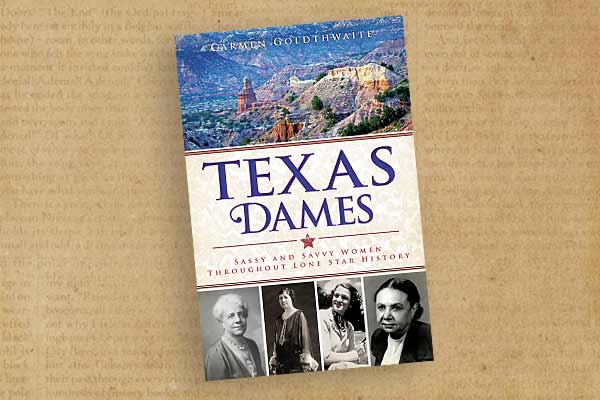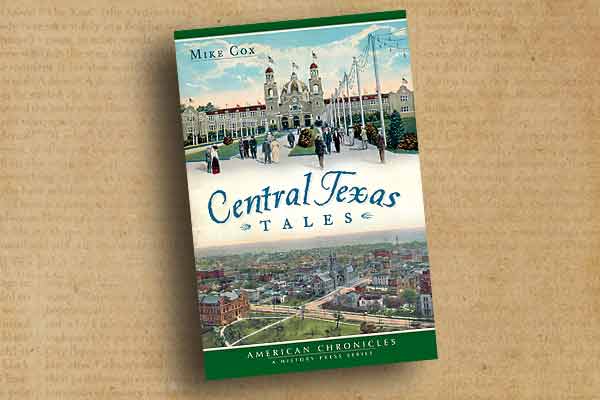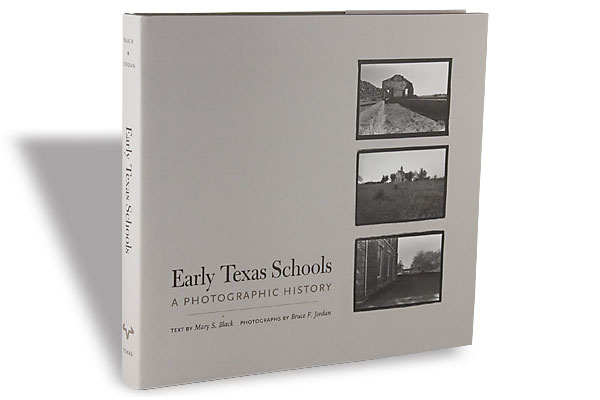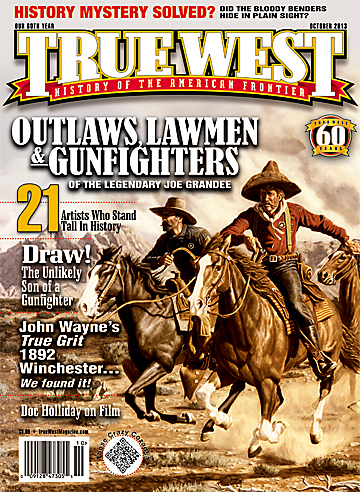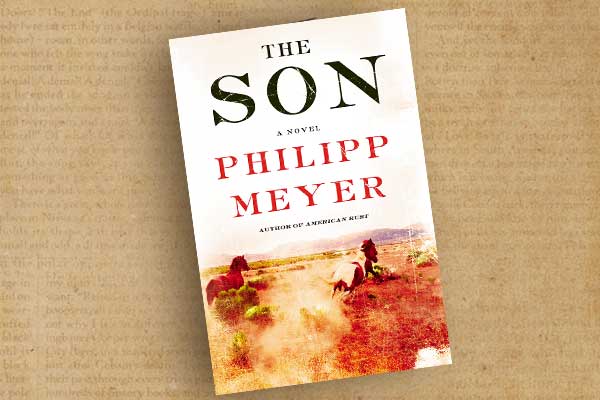 Over the last century, critics have struggled with categorizing the literature of the American West, sweeping laureates of the genre such as Mark Twain, John Steinbeck, Mari Sandoz and Willa Cather into one category of literati, while easily grouping the ever-popular Zane Grey, Max Brand and Louis L’Amour as authors of “Classic Westerns.”
Over the last century, critics have struggled with categorizing the literature of the American West, sweeping laureates of the genre such as Mark Twain, John Steinbeck, Mari Sandoz and Willa Cather into one category of literati, while easily grouping the ever-popular Zane Grey, Max Brand and Louis L’Amour as authors of “Classic Westerns.”
Baltimore native and Texas resident Philipp Meyer has written a major work, The Son (Ecco/HarperCollins, $27.99), of pedigree and prose that should solidify a space for it amidst works by Wallace Stegner, N. Scott Momaday, Cormac McCarthy and other modern luminaries of the Trans-Mississippi West. Yet, with its multiple generations living, marrying, killing and dying from the 1830s to the present day, Meyer’s violent and poignant biography of a Texas family is more like the sweeping family epics of the West by A.B. Guthrie, Larry McMurtry and James Michener, than Willa Cather’s or John Steinbeck’s narratives.
The Son is Meyer’s second major novel, the follow-up to American Rust, his award-winning fiction set in Pennsylvania’s depressed steel belt. Meyer has written a robust, literary novel that yearns to be considered with the great works of Western American fiction. His prose is highly detailed and carefully crafted, with a heady use of regional, 19th-century vernacularisms that make you pause and reach for the nearest dictionary. He works hard to distinguish each character’s dialogue with the tenor and tone of their particular generation. Meyer also employs a literary technique of mixing Spanish phrases and the rarely seen Comanche language with his vernacular American prose to such an extent that I wished for a glossary similar to the one that accompanied the American edition of Anthony Burgess’s Clockwork Orange.
Meyer, who defines himself as an artist whose muse is literature, spent years of research, like a method actor, immersing himself both in archives and in experiential fieldwork, learning firsthand about Comanche, Texas and Mexican customs, hunting with a bow and arrow, shooting antique firearms and drinking the blood of a freshly killed buffalo. Similar to Michener’s prose, Meyer’s text immerses the reader in every generational detail of the lives of Eli McCullough’s family; but like William Faulkner’s Compson family in The Sound and the Fury, the multiple layers of family characters can be distracting to the flow of the story; a broader genealogical map, a historical and geographical map of the region, and a glossary would have proved worthwhile guideposts for the reader. Meyer’s unfettered use of his vast knowledge can also be overwhelming, diminishing any empathy or pathos you might feel for the primary characters.
Despite its grandiosity of style, Meyer’s The Son stands alone as the most important literary novel of the American West in 2013. His personal methodology in writing the novel will inspire a new generation of writers seeking full artistic immersion before writing their first chapter. More important, Meyer’s novel will broaden our collective understanding of the violent clash of Spanish, Comanche and American cultures on the Southern Plains 150 years ago, the ramifications of which still resonate through the region and our nation today. —Stuart Rosebrook


